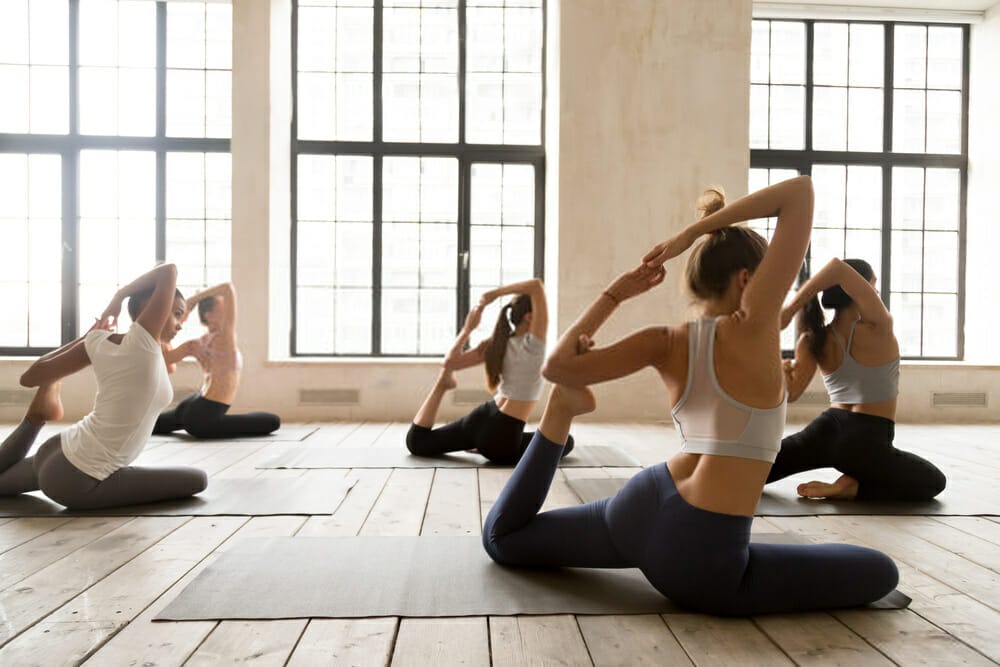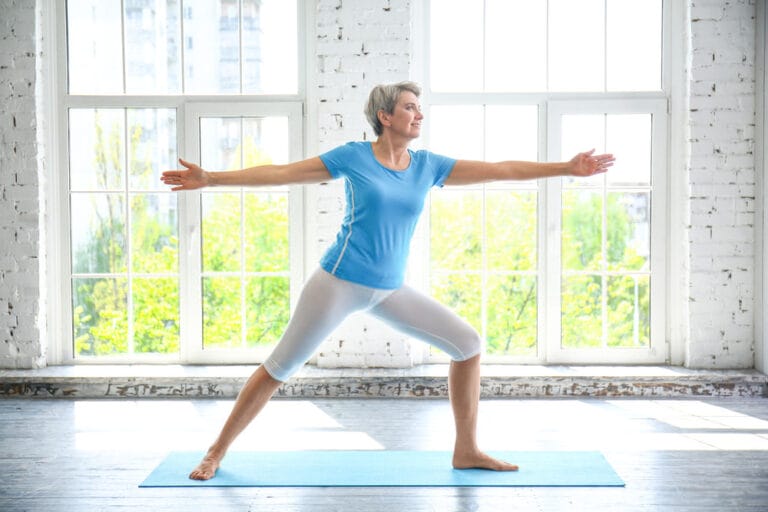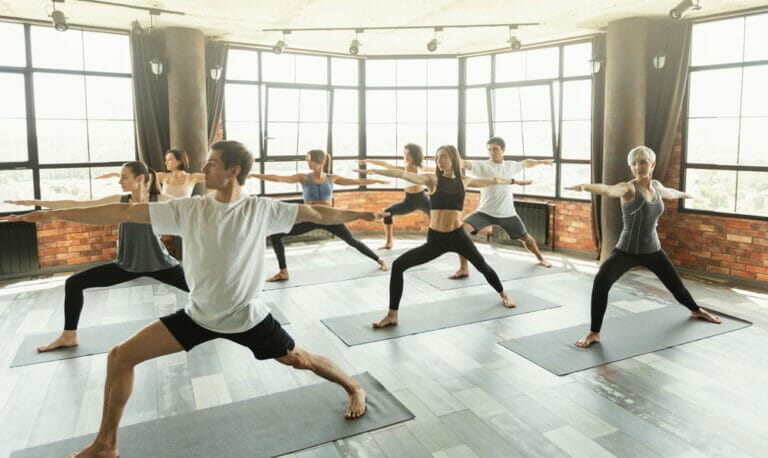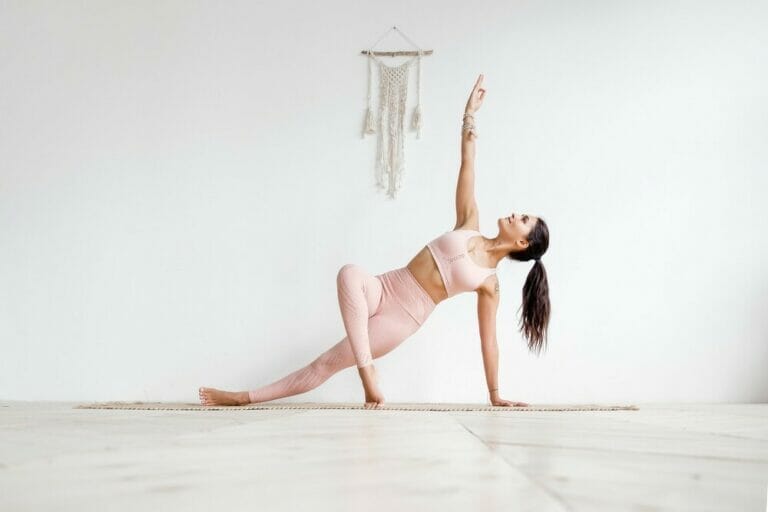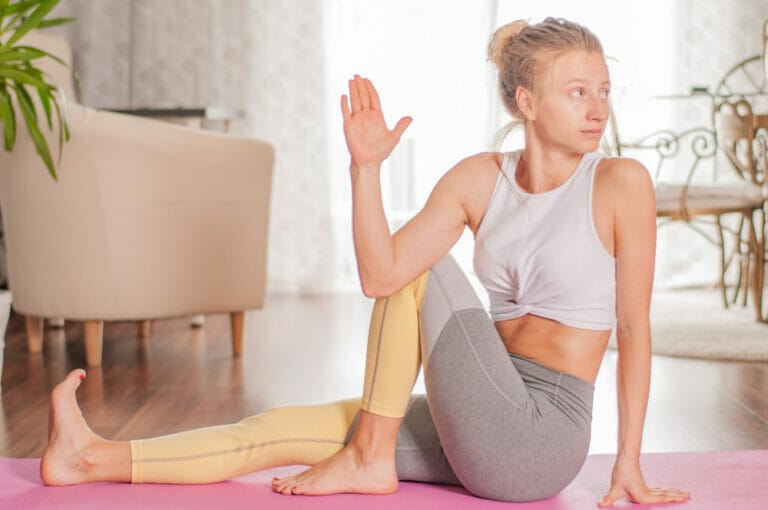Ashtanga Vinyasa Yoga
Introduction:
Yoga has been practised for over 5,000 years, and it has come a long way since the time it was evolved. There are different styles of yoga with their specific benefits.
One of such beneficial yoga styles is Ashtanga Vinyasa Yoga. This form of yoga is highly focused on energy, breath, and movement.
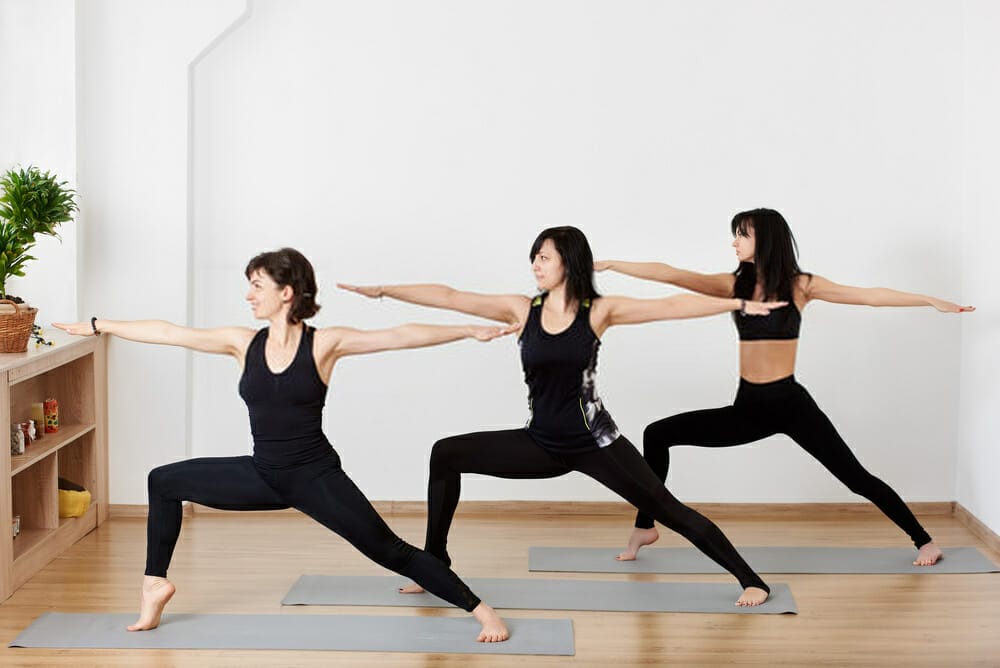
It’s more challenging to master, but it is a complete style of yoga emphasising on smooth transitions between poses.
The main principle of Ashtanga yoga is that everything in your body moves at once, and allows you to achieve balance and health.
Though this style of yoga has been around for quite some time now, people are still discovering new things about it.
History of Ashtanga Vinyasa Yoga
The founder of Ashtanga Vinyasa Yoga was Sri K Pattabhi Jois. He was born on May 18, 1910, in India. When he was three days old, his mother Krishna Murthy invited a yogi named B. K. S Iyengar to the boy’s birthday party.
This yogi believed that yoga could benefit many people, but he also thought that some students wouldn't practice yoga safely.
So he created Ashtanga Vinyasa Yoga with the intention that it would be an intermediate level between hatha yoga and raja yoga.
This style of yoga involves the coordination of your bodily movements with your breathing.
Ashtanga Vinyasa Yoga is said to have been inspired by the ancient Indian text Satnrhya, so its origins date back thousands of years. The name Ashtanga comes from a Sanskrit word that means “eight-limbed”.
Pattabhi Jois was taught by his guru T Krishnamacharya who learned several types of yoga, including bhakti chanting. He was also inspired by other yogic styles, including raja and hatha yoga.
So he taught Pattabhi Jois yoga and kept the various forms and techniques as his secret heritage.
Features
Ashtanga Yoga has three main features: Introspection, Integration and Grace.

Introspection:
It involves looking into oneself and discovering one’s inner flaws and weaknesses. The process of introspection takes time and is a fundamental part of the practice.
Integration:
This step is perhaps more important than the previous one since there will be no flow towards grace and betterment without integration.
For this reason, it is essential to remember that perfection comes only after multiple attempts of integration and introspection.
Grace:
Ashtanga Yoga has a great deal of grace. The practise focuses on the basic postures and breathing techniques; however, it is essential to remember that grace does not only come through the physical aspect of Ashtanga Yoga but about finding something that is right for you.
Approach
The approach is the first step to mastering Ashtanga Yoga. It is a standing position with the feet together or hip-width apart, depending on what is best for your body.
You will place your hands by your sides with the fingers facing up and palms facing outwards in this position. Inhale deeply, exhale and bring your palms to meet at heart level.
Feel the energy within you rise from the floor of your pelvis upwards through the spine and into your arms, where it meets at heart level.
You can move around a little bit to try different variations of this pose until you find a take that feels comfortable for you. Then you will hold this pose for a couple of minutes.
The next step is to allow your hands to slide up towards the top of your head under your hair without raising them until they meet your head’s crown.
Once you have found a variation that feels comfortable for you, come back down with a few slow breaths and then push your hands forward and bring them to rest on the floor by your side at shoulder height.
It is a simple but powerful pose that can help you balance and coordinate between breathing and movement. The next step is to practice two series of standing-forward folds, standing poses, backbends, twists and forward bends.
The next step is to take a wide stance with your feet together or hip-width apart. It will allow you to bend forward while keeping your feet unmoved for maximum flexibility.
The primary purpose of this pose is to stretch, strengthen and prepare the body for more challenging forward bends that are found later in the posture series.
The last step is to place your feet together or hip-width apart, come up on your toes and straighten your legs as much as possible without straining them.
It will help relax and energize the body, helping it become supple and flexible, preparing it for the deeper spine twists that are about to follow.
Principles
Ashtanga Yoga has several fundamental principles which are taught to all students. These are Pusha, Uddiyana, Bandhasana, Abdominal Lock and Mudrasana.
Pusha:
It is the first fundamental of Ashtanga Vinyasa Yoga. It is a pose that helps you open up your shoulders and ribs, which help to free the flow of energy in your arms and legs throughout your body.
Uddiyana:
It is defined as “up-opening”. You will take an intense breath in to fill all the spaces within you, then hold it for several seconds before exhaling fully. It is said to help the prana move through you more easily.
Bandhasana:
It means “lock” in Sanskrit. This pose helps you to relax and bring energy back into your body when it is lost.

Abdominal Lock:
It is done by placing both hands on your solar plexus and then breathing in and out deeply and feeling your abdominal muscles expand and contract with the breath.
Mudrasana:
Mudra means “seal” in Sanskrit. This aspect of Ashtanga Yoga helps you find a more harmonious relationship between your mind, body, spirit, emotions and environment.
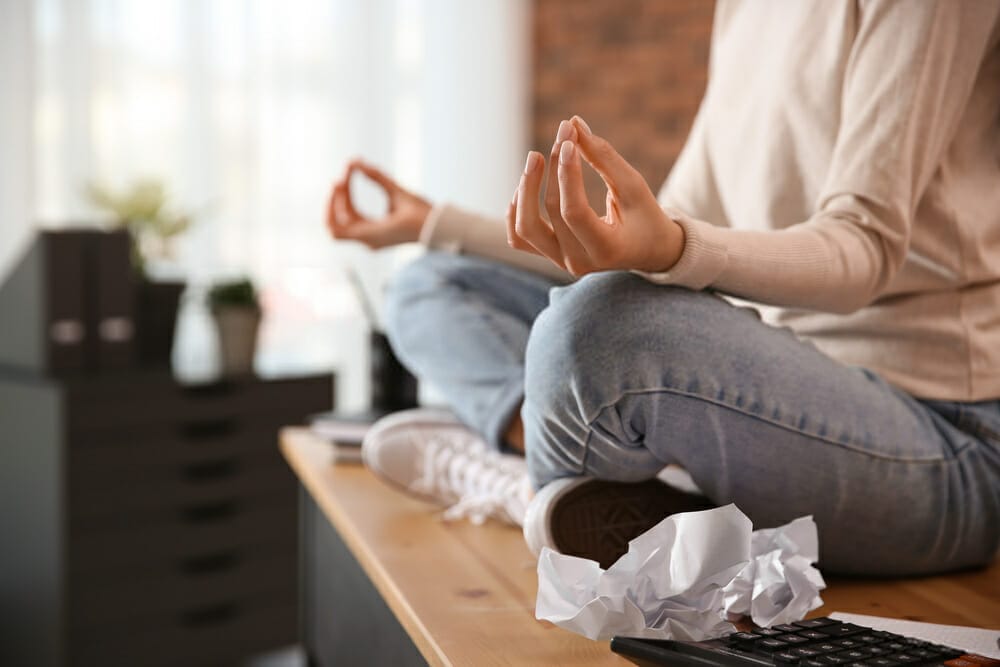
It also allows you to bring creative energy from within yourself to the external environment around you.
Poses of ashtanga vinyasa yoga
- Baddha konasana (Bound angle)
- Balasana (Child’s pose)
- Dandasana (Staff pose or rod pose)
- Modified Shavasana (Corpse variation 1)
- Paschimottanasana (Seated forward bend 1, seated eastward bend)
- Purvottanasana (Seated forward bend 2, seated eastward bend 2)
- Purvottanasa with right foot on the left thigh and left foot on the right thigh, or vrkshasana with left hand on the right ankle and right hand on the left ankle.
- Antaarasta ardha chandrasana (pipe arm balance)
- Paschimottanasana with right foot on the left thigh and left foot on the right thigh.
- Sphoonmaijatee pose (Pillow face pose)
- Padangusthasana (Big toe pose)
- Pavanamuktasana (Crescent pose)
- Supta padangusthasana (Reclining big toe pose)
- Supta baddha konasana (bound angle with left foot on left thigh)
- Supta dandasana (Staff pose left foot on the left thigh or rod pose right foot on the right thigh )
Benefits of a regular Ashtanga practice
- Stimulates the spine, vital organs, and body’s detoxification process
- Powerful mind-body connection
- Improves the body’s flexibility, balance, and coordination
- Removes scar tissue in the fascia with regular practice of poses that promote Savasana (with no movement)
- Strengthens and aligns the nervous system
- Helps you to develop a deeper relationship with your body and health care professionals
- Builds confidence in the ability to handle challenging yoga postures through the regular practice of the primary poses (no over-stretching)
- Improves digestion by helping to remove accumulated wastes from internal organs
- Improves sense of well being from the release of stress, toxins, and lack of exercise due to regular practice.
How does it work?
It is a proper combination of breathing and movement in a creative way for maximum benefit. It works on the premise that the body, mind, and spirit are all connected in an infinite existence cycle.
Therefore, Ashtanga Yoga is not just a form of exercise where you lose weight, but rather a system to implement into your life to grow spiritually, mentally and emotionally.
Furthermore, since your breath is an integral part of yoga, it is essential to use the proper breathing techniques to have the best experience possible.
You also want to slow down your breathing to focus on the moves emphasizing the correct movements. Once you have started to feel better, you are ready to dive deeper into Ashtanga Yoga.
Conclusion:
Finally, I would like to conclude with the words of Pattabhi Jois, the founder of Ashtanga Yoga. He says that yoga is not a religion or a philosophy. It does not preach or teach us to believe in life force energy called ‘prana’.
Nor does it lead us to believe in some supernatural power called 'shakti', which allows humans to work miracles.
Instead, it teaches us how yoga practice can be used to find the true meaning of life by working on our bodies, minds, and spirits simultaneously.

